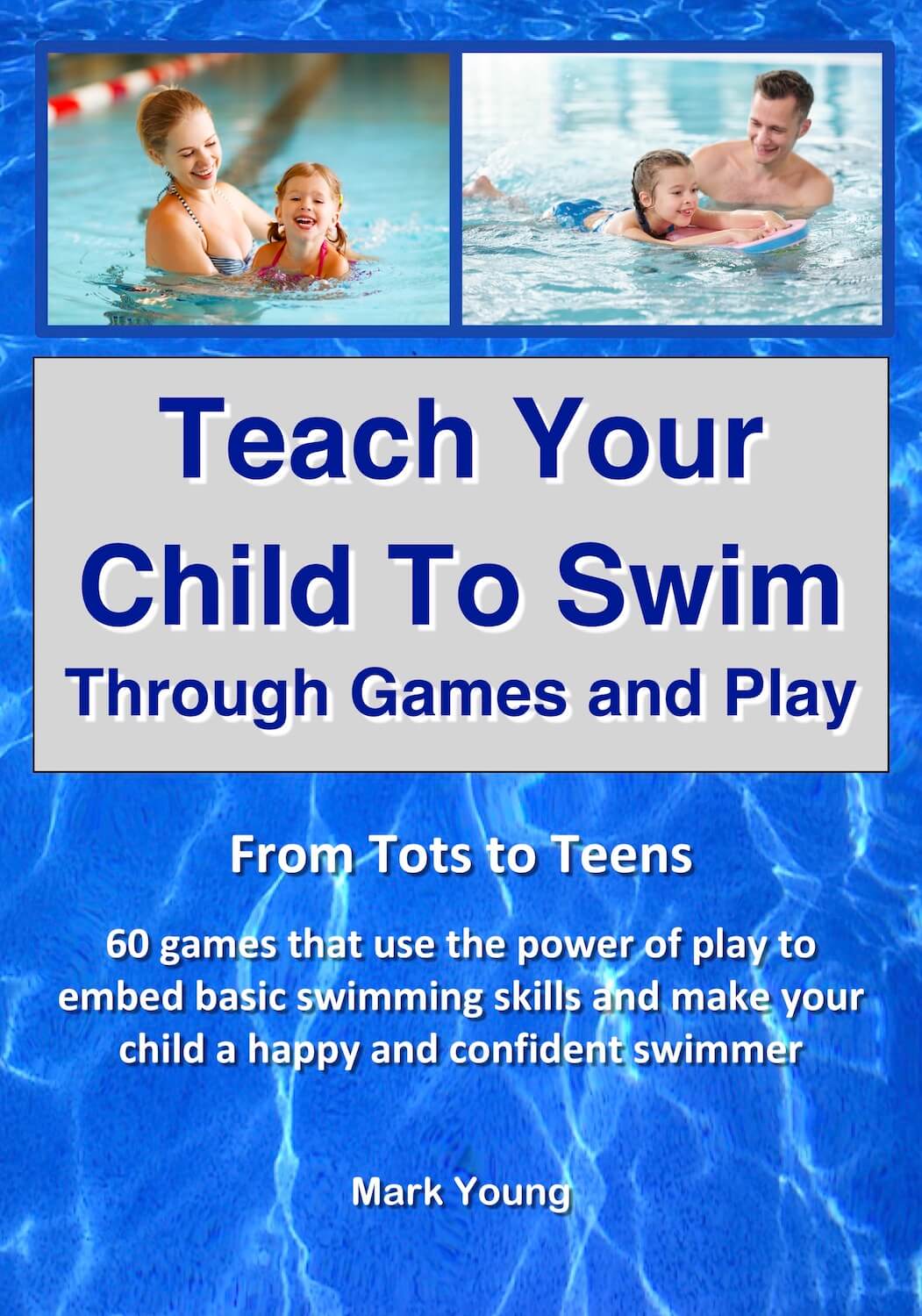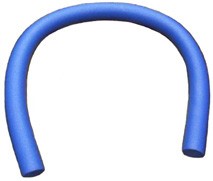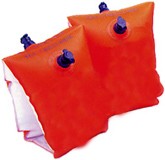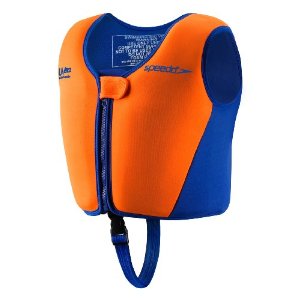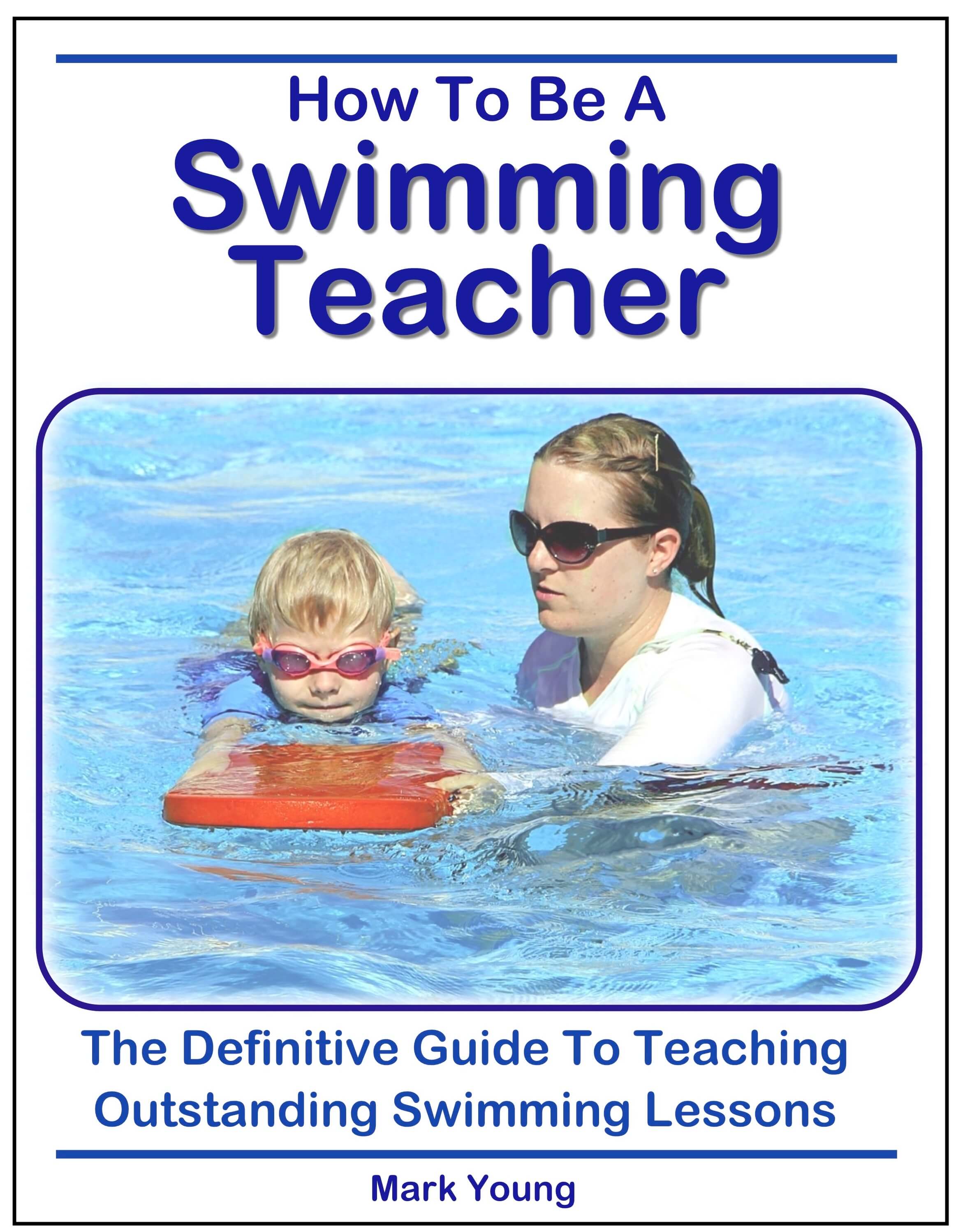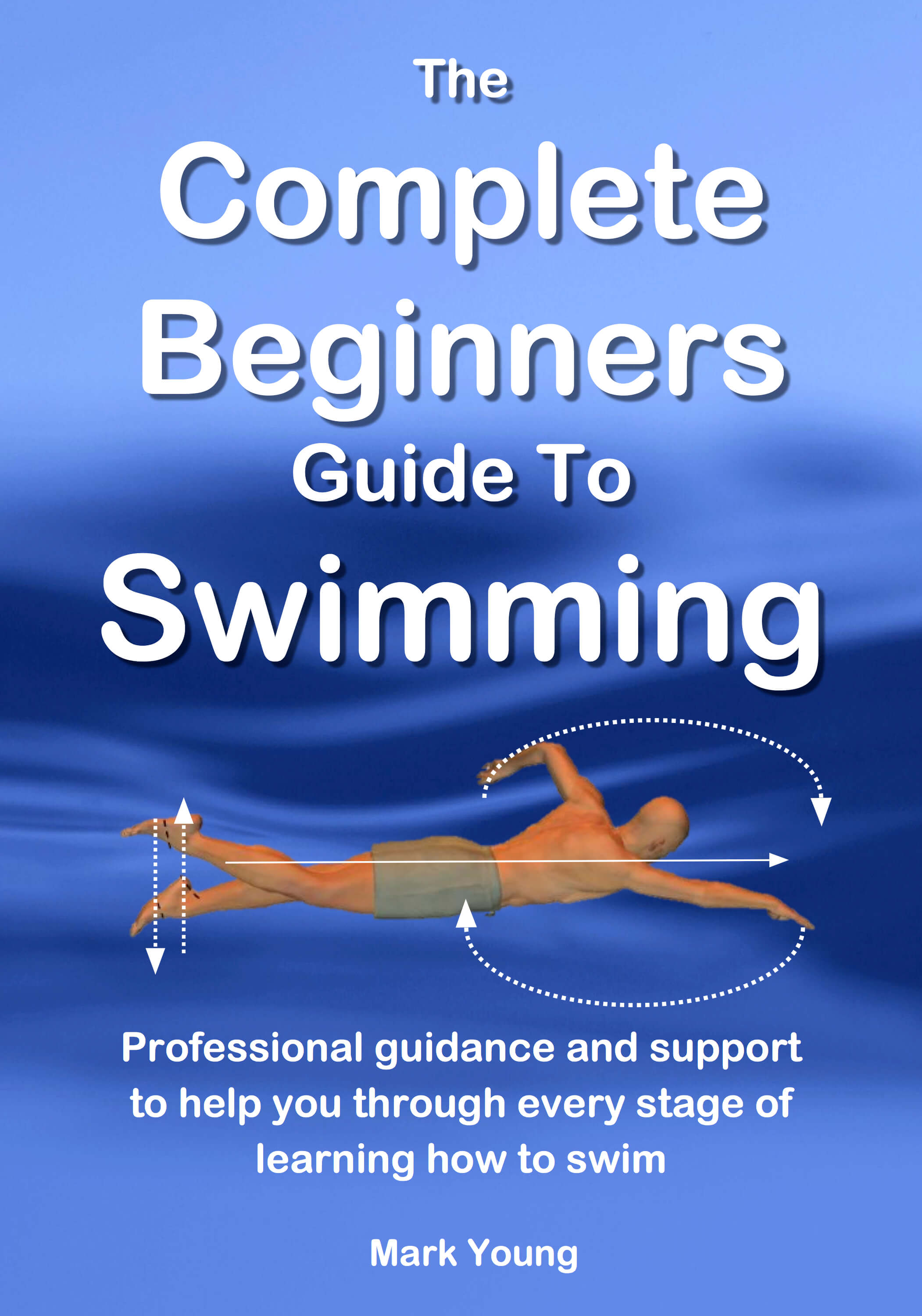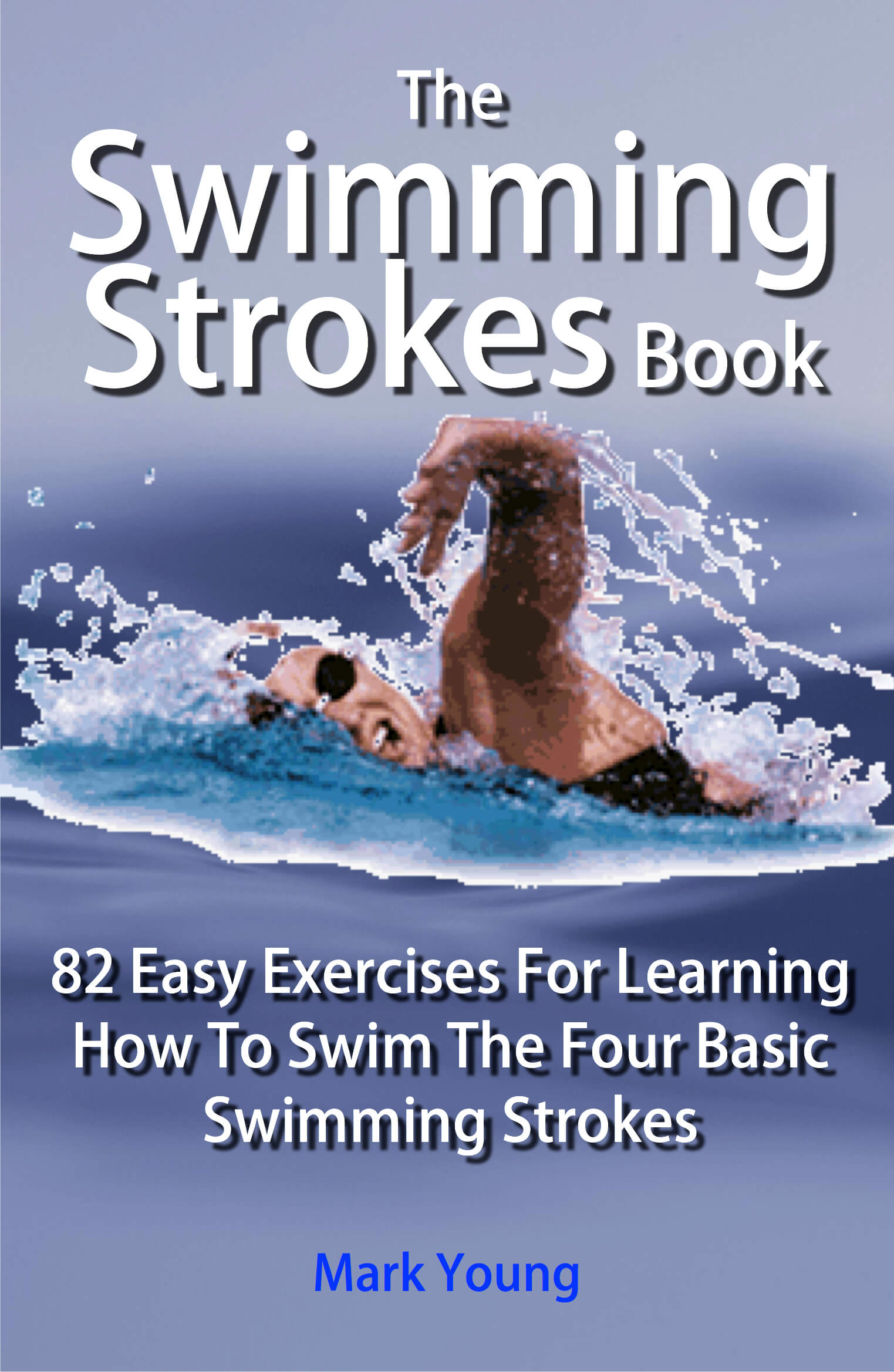- Swim Teach Home
- parents faq
Teaching A Child To Swim
Important Questions Asked By Parents
Teaching a child to swim, especially your own child can be a challenge to say the least. Will they really do what you ask them to? Are you teaching them the right techniques and in the right way?
The number one goal when taking your child to the swimming pool is to have fun, especially if your child is frightened or scared in any way. So, the fundamentals of actually swimming are secondary in the early stages.
A calm and relaxed approach is essential. If you are relaxed, then so will your child be. If you're having fun, the chances are they will too.
If you are in any doubt then consult a professional swimming teacher about swimming lessons.
Important questions parents ask about teaching a child to swim.
Click on a question to get straight to the answer...
Essential Reading
Teach Your Child To Swim Through Games and Play
Discover 60 games that use the power of play to embed basic swimming skills and help make your child a happy and confident swimmer.
Don't miss out! Click here to check it out and grab your copy.
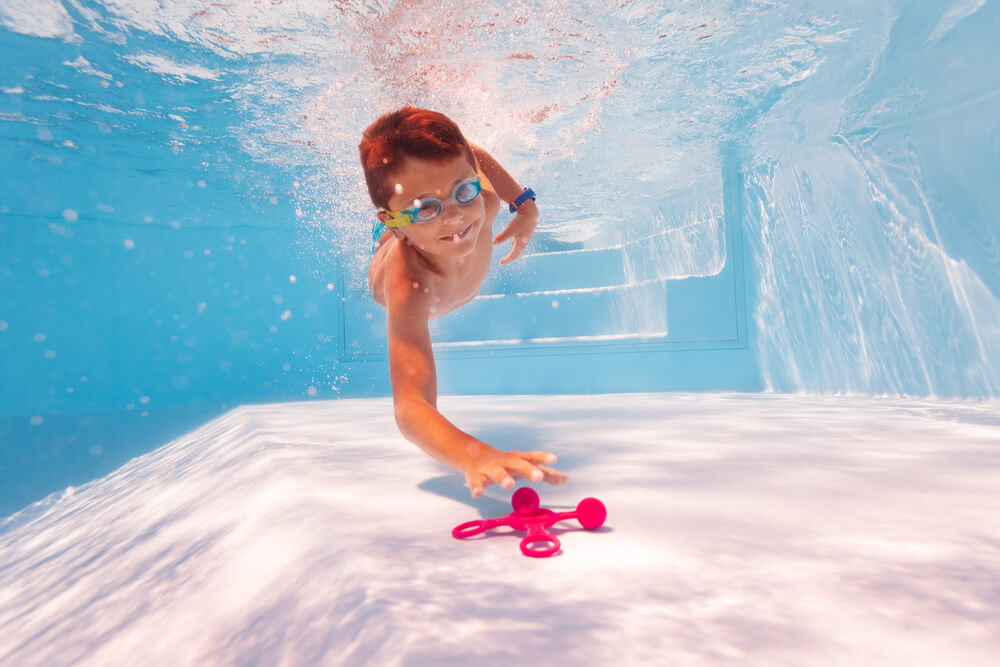
What are the first things you teach children who are learning to swim?
The process of teaching a child to swim usually starts with kicking their legs. Most children know how to do it or will do if they are shown and most find it fun trying to see how much of a splash they can make with their feet. Quite quickly they learn that kicking their legs results in them moving through the water.
Then there is blowing bubbles, which can be practiced at home in the bath tub. Learning to use their arms to pull themselves through the water can be done and then after a while they will learn to use their arms and legs together.
What equipment is best for parents to use when teaching a child to swim?
That depends on the age of the child. A baby will need a floatation device that they can sit in and still be free to move their legs. Water wings or discs are useful for the older child although they do restrict arm movements. Nevertheless they do provide good support.
For the older child, maybe 5 years old upwards, that is more confident, then the swim noodle or Swimfin are great learning to swim aids. The swim noodle provides the minimum support and allows them to paddle along and the Swimfin does the same but leaves the arms completely free to swim.
Useful Swimming Equipment For Children
Click below for more information.
How do you teach your child to put their head under water without upsetting them?
Slowly and gradually, as are most of the aspects of teaching a child to swim. Teach them to hold their breath and place only their mouth in the water, then progress to the mouth and nose.
Do it with them so they can copy you and see that you are not getting your eyes or hair wet and therefore neither will they. Click here for more on getting the face wet and submerging underwater.
Swim goggles are a great tool to use here. Not only do most children think they are cool, but they soon realise that they can see everything under the water. It literally opens up a whole new world for them. Providing they have mastered holding their breath then you will not be able to stop them from putting their faces and heads underwater.
Do you go through steps when teaching a child to swim? What are they?
The basics steps outlined in the previous two questions are the mains ones. Kicking, blowing bubbles, breath holding and using their arms, all in no particular order. Not all children will take to all parts and some will hate some of them.
As long as everything is approached with a sense of fun then you will get there in the end. Its important not to push a child into something they are not comfortable doing, but instead to gently encourage.
Teach Your Child To Swim Through Games and Play
Discover 60 games that use the power of play to embed basic swimming skills and help make your child a happy and confident swimmer.
Don't miss out! Click here to check it out and grab your copy.
How long should it take a child to learn how to swim?
How long is a piece of string? Every child is different and therefore progress at different speeds. Some children will learn to swim in a few months but its not uncommon for children to take a year or more to learn to swim. One of the deciding factors is usually the frequency they go swimming. The more they go, the quicker they learn. Obvious but true.
Can a regular swimming parent really teach their own child to swim?
Now that is the million dollar question. There is a distinct difference between a teacher teaching a child to swim and a parent teaching a child to swim. The difference being that children will generally do what a teacher asks of them, but they will be more inclined to disobey or refuse the request of their parents, especially if they have any kind of fear of the water. It is for this reason that every visit to the swimming pool should be fun.
Parents should make a game out of everything. Use toys, floaters, sinkers, have races – do all the fun stuff that distracts their child from the fact that they are learning to swim. If they do then there is no reason why they cannot teach their child to swim and be safe in the water.
What's so wrong about teaching the doggie paddle?
Absolutely nothing. Doggie paddle, although not an official swimming stroke, is the technique for children to learn to swim that is easiest given their limited strength and ability. You cannot expect a 3 or 4 year old to instantly become comfortable with submerging their face and having the strength to pull through the water and haul their arms out and over the water surface, so front crawl is not an option.
You cannot expect a 3 or 4 year old to grasp the technicalities of the circular breaststroke leg kick or have the strength or power to generate propulsion from it, so breaststroke is also not an option. As far as swimming in a prone position goes, a basic alternating leg kick combined with an alternating reaching and pulling action with the hands and arms is the easiest technique to grasp. Hey presto, doggie paddle.
What are some good resources for parents wanting to teach their child to swim?
In terms of the best equipment and toys for teaching a child to swim you can find most of the basic needs on the net in places like Amazon, Swim Outlet or Swim Shop. Swim noodle, Swimfin, water wings, floats, and all kinds of toys are available and fairly inexpensive.
As for teaching resources and swimming technique, I have books to download that teach specific swimming strokes as well as becoming a swimming teacher.
The Complete Beginners Guide to Swimming is my best-selling book and contains everything from entering the pool to relaxing, floating and submerging underwater, as well as detailed exercises on how to swim the four basic swimming strokes.
Essential Resources
Click below for more details
How do you teach a child to float?
You cannot really teach a child, or any person for that matter, to float. Floating is a characteristic of our body. Either we float or we do not float. The raw facts are that fat floats and muscle sinks (in very general terms), therefore people with more body fat will float more easily and muscular toned people will tend to sink. Click here for more about why some of us float and some of us sink.
Use games to teach your child how to float. Having fun is all part of the process, and if everything you do in the pool is a game to your child, they will be learning without knowing it.
Use games to teach your child to swim
Whether you are a swimming teacher looking for a new slant on your lessons, or you are a parent looking to teach your child to swim, using games and play will boost confidence in children and teaching them the basics of swimming without them even knowing they are learning!
60 games at your disposal that will unlock your child’s potential and get them swimming in no time!
Make It Easy For You Kids To Learn To Swim
Download your copy and discover the power of play!
60 games that use the power of play embed basic swimming skills and make your child a happy and confident swimmer.
$19.99

Click here for a preview, including contents and a full index of all 60 games.
I am a member of the Amazon Associates Program and I will earn a commission from qualifying purchases at no extra cost to you.
Questions and answers from parents and teachers
My 4yr old has repeated the same level of swimming approx four times now, all because he can't stand getting water in his eyes. 'Take The Pressure Off And Put The Fun Back In. This is a common problem that can be easily overcome but takes time and patience.'
I think my baby has a fear of the water. I have a 23-month-old daughter who used to love water. 'She was not ready to be put under the water. Some children respond very well to being put underwater, and some do not.'
I would like some tips on how to teach front crawl breathing. How do I correct my 7-year-old's freestyle stroke? 'This is very common, especially with children learning to swim. The head has to turn to the side to breathe during a freestyle to help maintain a horizontal body position.'
I would like my children to learn how to swim, and I wonder, are one-to-one swimming lessons better than group lessons? 'Deciding between one-to-one and group swimming lessons is always a trade-off between the amount of tuition time received and cost.'
My son is five years old and he cannot learn to keep his mouth closed and blow out his nose. 'I understand your concerns, but we are supposed to use our mouths to breathe in and out during swimming, not our noses.'
My son has been having lessons for the last 2+ years and he does not move in the water. 'As long as they get plenty of time in the water to play and have fun, they will develop the strength needed to become more and more independent slowly.'
My 4-year-old has been having swimming lessons and he refuses to kick with a straight flutter kick. 'This is not uncommon in children of this age. Most children learning to swim will favour either a straight alternating up and down kick, whilst others will find a breaststroke kick comes more naturally.'
My daughter has a fear of going underwater. 'The best way to help your daughter conquer her fear of going underwater is to do it gradually. Practising holding your breath is a great start, but blowing bubbles at the surface is also very useful.'
Have You Got A Story Or Question About Teaching Your Child To Swim?
Tell us and share it with others to help inspire and encourage others teaching their child to swim...


